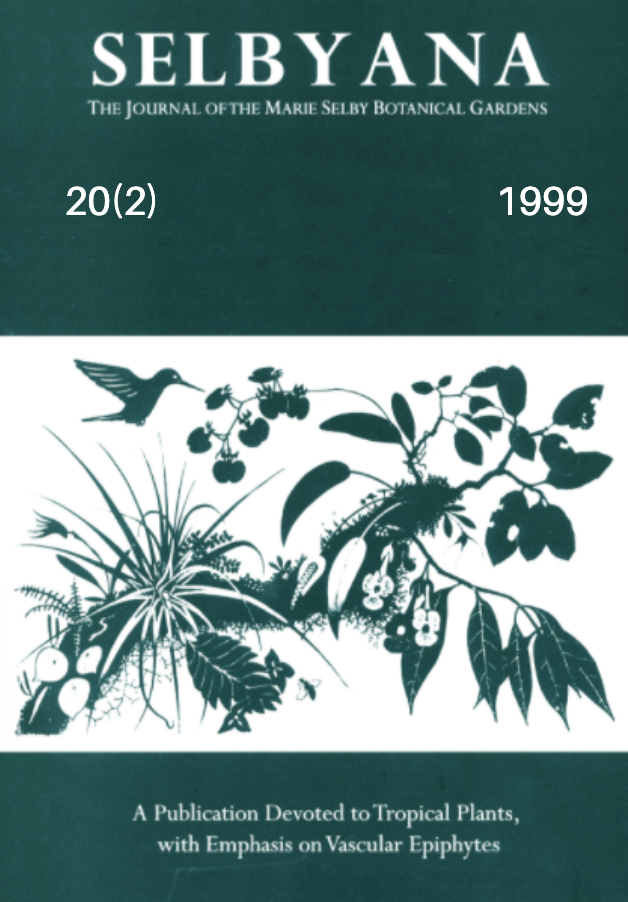Abstract
Discrete samples of leaves from 28 species of eucalypts were collected from various habitats in southeastern Australia for measurement of herbivory in terms of (1) percentage of leaves damaged by folivorous insects and (2) the proportion of total leaf area consumed. There was high variation among samples in percentage of leaves damaged (range 27—100%). Proportion of leaf area consumed varied greatly from leaf to leaf and from sample to sample, even among closely located conspecifics. Mean values for different habitats, however, were remarkably similar, varying from 5.3% (urban cultivars) to 9.7% (roadsides) for a grand mean over all habitats of 7.6%. Distributions of values often were highly skewed and most median values were low. A review of the literature combined with the present data suggests that the baseline level of folivory by insects on healthy eucalypts is about 7.5%, with a secondary peak at about 15%. The latter is attributable, at least in part, to elevated folivory suffered by eucalypt seedlings, saplings and regrowth. The literature includes conclusions that chronic folivory of Australian trees is considerably higher than that on other continents. However, the values from Australian eucalypts overlap broadly with those elsewhere, and the differences, if real, are not so great as sometimes believed. An appeal is made for more process studies of the dynamics of folivory in which individual cohorts of leaves are followed separately and account taken of variation in leaf-longevity and the phenology of flushing.
Open Access and Copyright Notice
Selbyana is committed to real and immediate open access for academic work. All of Selbyana's articles and reviews are free to access immediately upon publication. There are no author charges (APCs) prior to publication, and no charges for readers to download articles and reviews for their own scholarly use. To facilitate this, Selbyana depends on the financial backing of the Marie Selby Botanical Gardens, the hard work and dedication of its editorial team and advisory board, and the continuing support of its network of peer reviewers and partner institutions.
Authors are free to choose which open license they would like to use for their work. Our default license is the Creative Commons Attribution-NonCommercial 4.0 (CC BY-NC 4.0). While Selbyana’s articles can be copied by anyone for noncommercial purposes if proper credit is given, all materials are published under an open-access license with authors retaining full and permanent ownership of their work. The author grants Selbyana a perpetual, non-exclusive right to publish the work and to include it in other aggregations and indexes to achieve broader impact and visibility.
Authors are responsible for and required to ascertain that they are in possession of image rights for any and all photographs, illustrations, and figures included in their work or to obtain publication or reproduction rights from the rights holders. Contents of the journal will be registered with the Directory of Open Access Journals and similar repositories. Authors are encouraged to store their work elsewhere, for instance in institutional repositories or personal websites, including commercial sites such as academia.edu, to increase circulation (see The Effects of Open Access).
